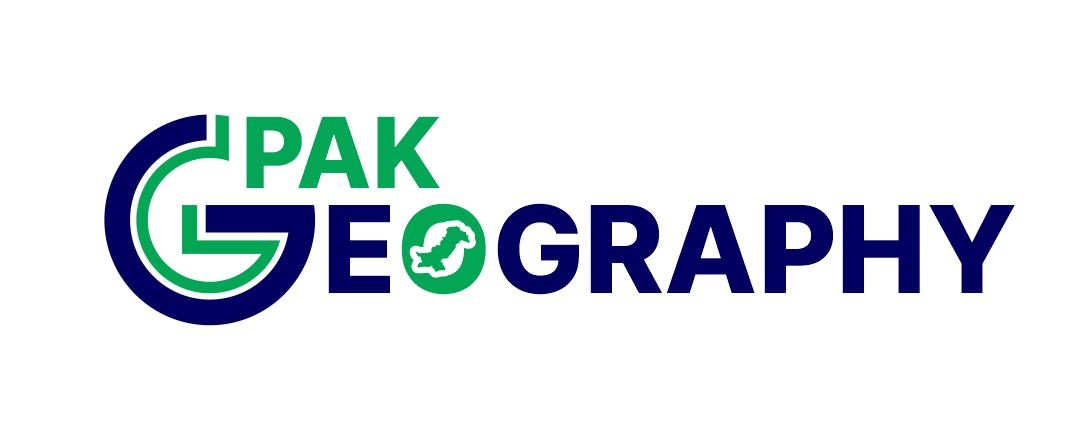Beet Kaser is situated in Tehsil Jalalpur Pirwala of Multan District, Punjab Province, Pakistan. According to the Pakistan Bureau of Statistics 2023 census, this village has 3,547 residents comprising 1,791 males and 1,756 females. Males form 50.5 percent while females constitute 49.5 percent of the population, showing balanced gender distribution. The village spans 612 acres (2.48 square kilometers), representing 0.07 percent of Multan District’s total area. With a high population density of 5.80 persons per acre, Beet Kaser shows concentrated settlement patterns with limited land per resident. The village accounts for 0.07 percent of Multan District’s total population.
Educational Development in Beet Kaser
The literacy rate stands at 38.6 percent for the population aged 10 years and above, which is 22.81 percentage points below Multan District’s 61.41 percent literacy rate. Male literacy reaches 50.3 percent while female literacy is 26.9 percent, revealing a gender gap exceeding 23 percentage points. Compared to district averages of 67.28 percent for males and 55.27 percent for females, Beet Kaser lags by 16.98 and 28.37 percentage points respectively.
Educational attainment shows 285 males and 94 females completed primary but below matric education. At matric but below degree level, 71 males and 9 females qualified. Higher education includes 21 males and 5 females with degrees, indicating limited access to advanced educational facilities despite reasonable primary education numbers.
Community Composition
Religious data reveals 3,540 Muslims and 7 individuals of other faiths. Beet Kaser has 2,363 residents aged 10 years and above, forming the literate-eligible population. Adults aged 18 years and above number 1,745, representing the working-age group. Senior citizens aged 60 years and above total 257 individuals.
Development Challenges
The high population density combined with moderate literacy rates, particularly the low female literacy of 26.9 percent, presents challenges for Beet Kaser. The village requires improved educational infrastructure and efficient land utilization strategies for sustainable development.
Data Summary:
| Parameter | Value | District Comparison |
|---|---|---|
| Population | 3,547 | 0.07% of district |
| Males | 1,791 (50.5%) | – |
| Females | 1,756 (49.5%) | – |
| Literacy Rate | 38.6% | 22.81% below district |
| Male Literacy | 50.3% | 16.98% below district |
| Female Literacy | 26.9% | 28.37% below district |
| Total Area (acres) | 612 | – |
| Total Area (sq km) | 2.48 | 0.07% of district |
| Density | 5.80/acre | – |
